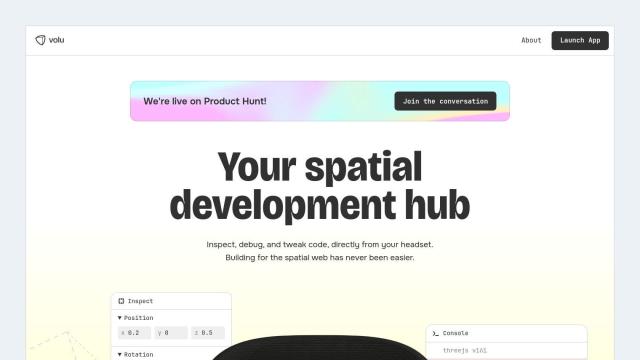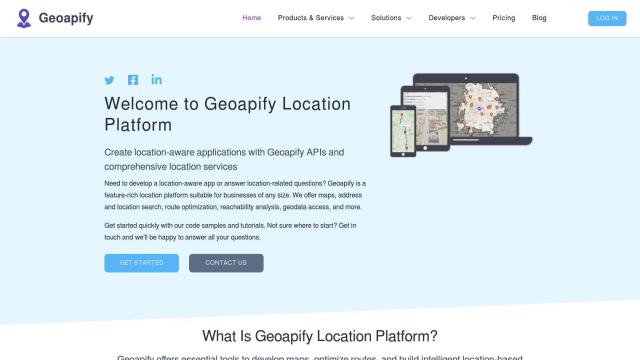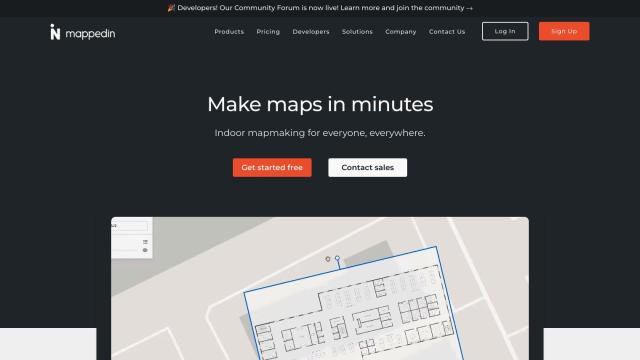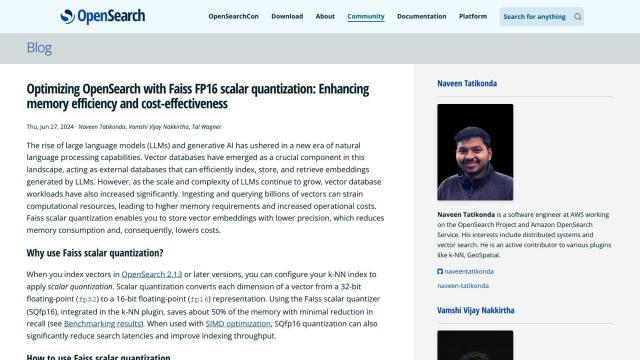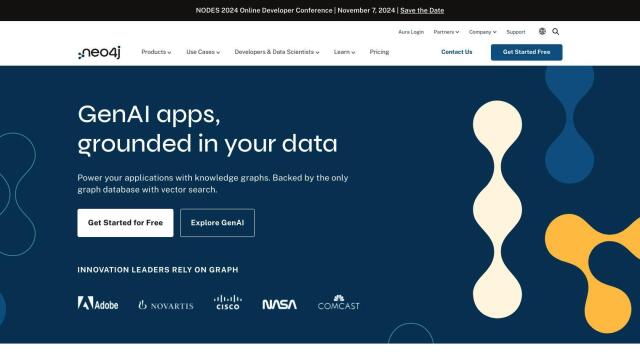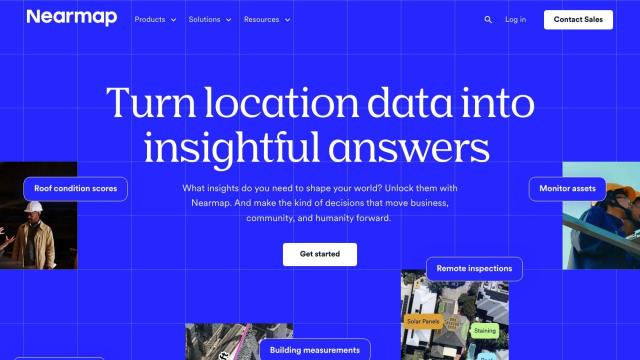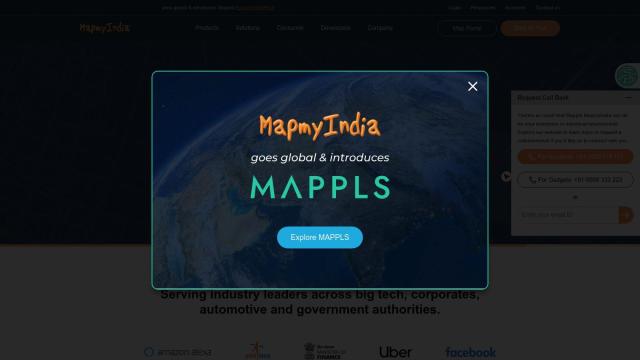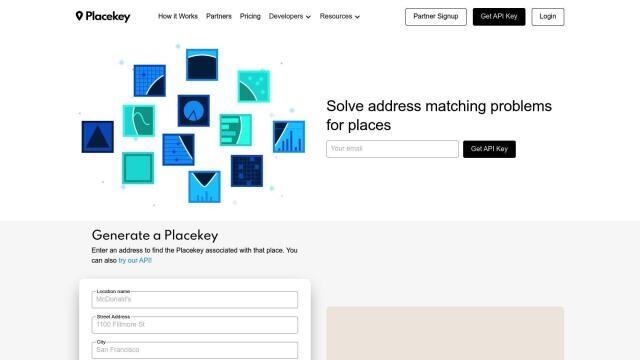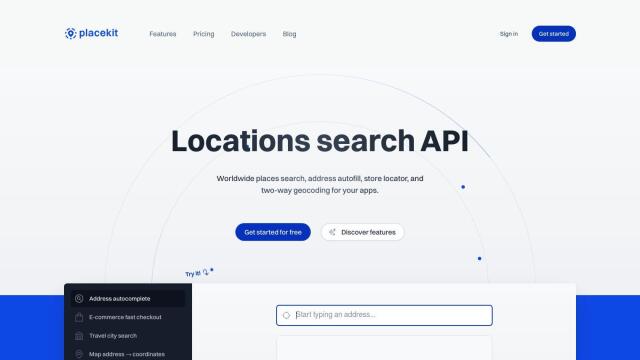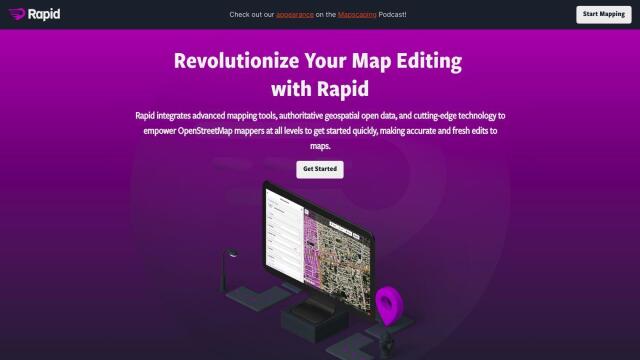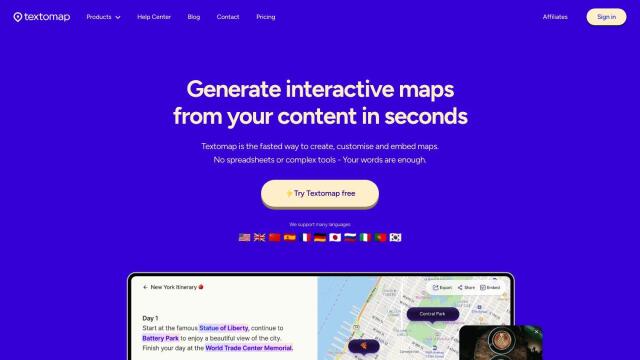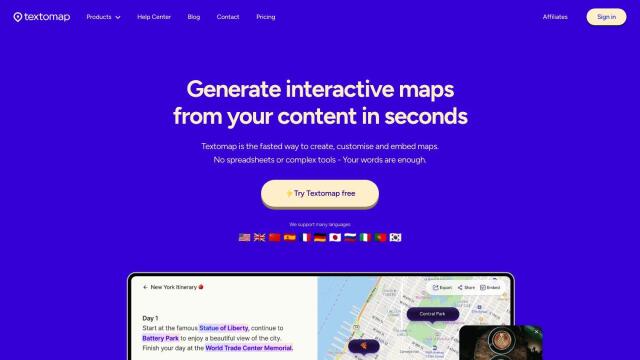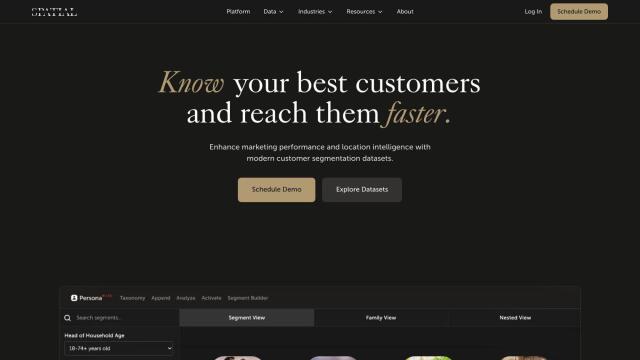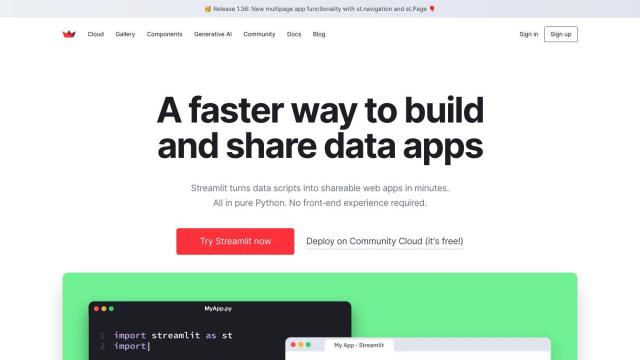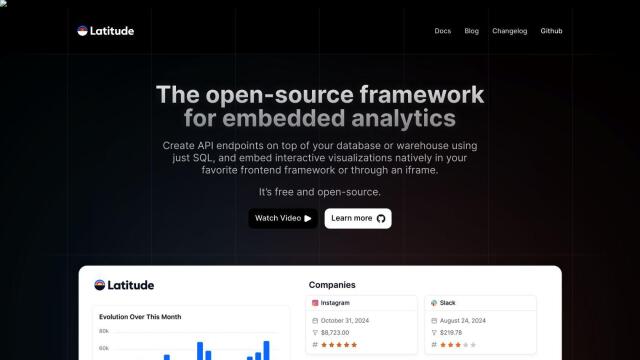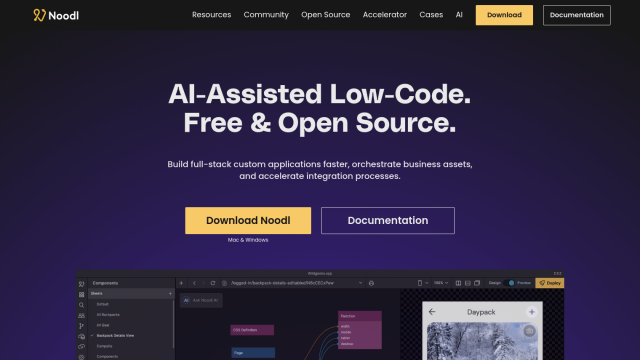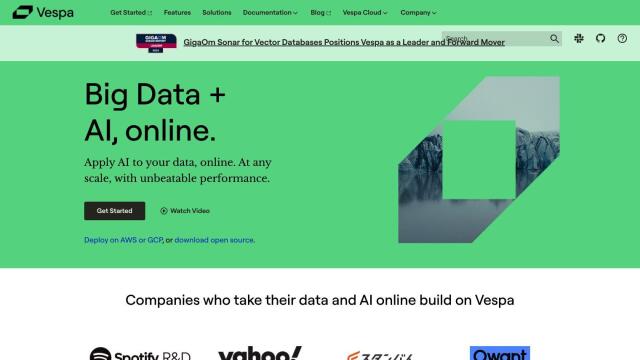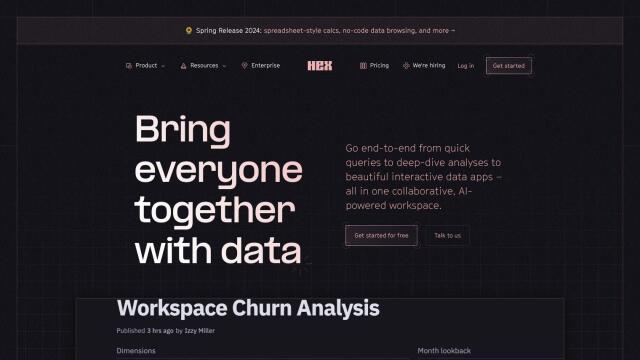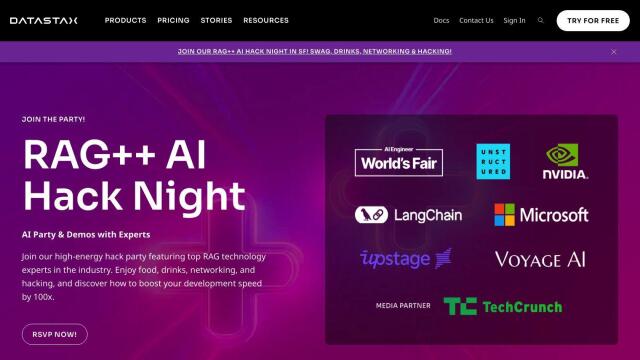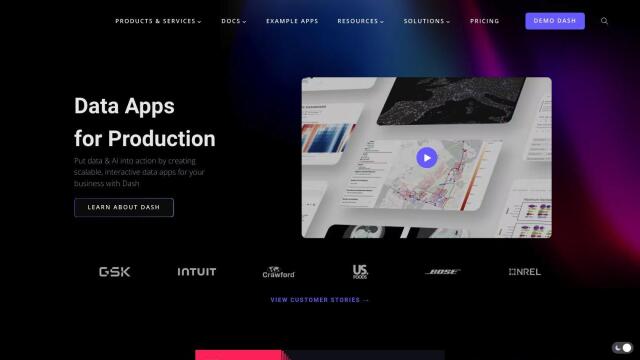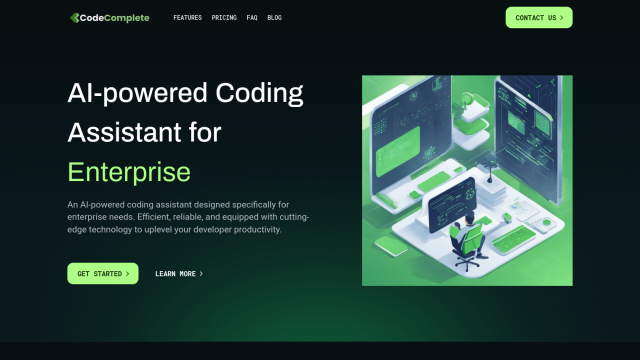Question: I'm looking for a tool to speed up my spatial web development process, can you suggest something?

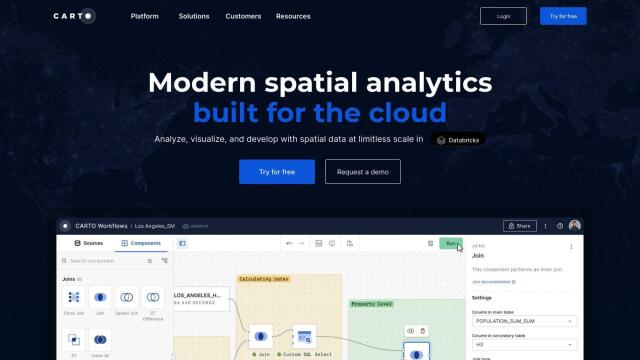
CARTO
If you want to accelerate your spatial web development, CARTO is worth a look. This cloud-native location intelligence platform lets you analyze, visualize and build applications with spatial data at large scale without the hassle of ETLs or data duplication. It can connect to leading cloud data warehousing systems like BigQuery, Snowflake and Redshift, and it's got a drag-and-drop interface and more than 100 pre-built analysis components. CARTO also has built-in GenAI abilities and access to more than 12,000 geospatial data sources through the Data Observatory, so you can get to business insights and decisions faster.
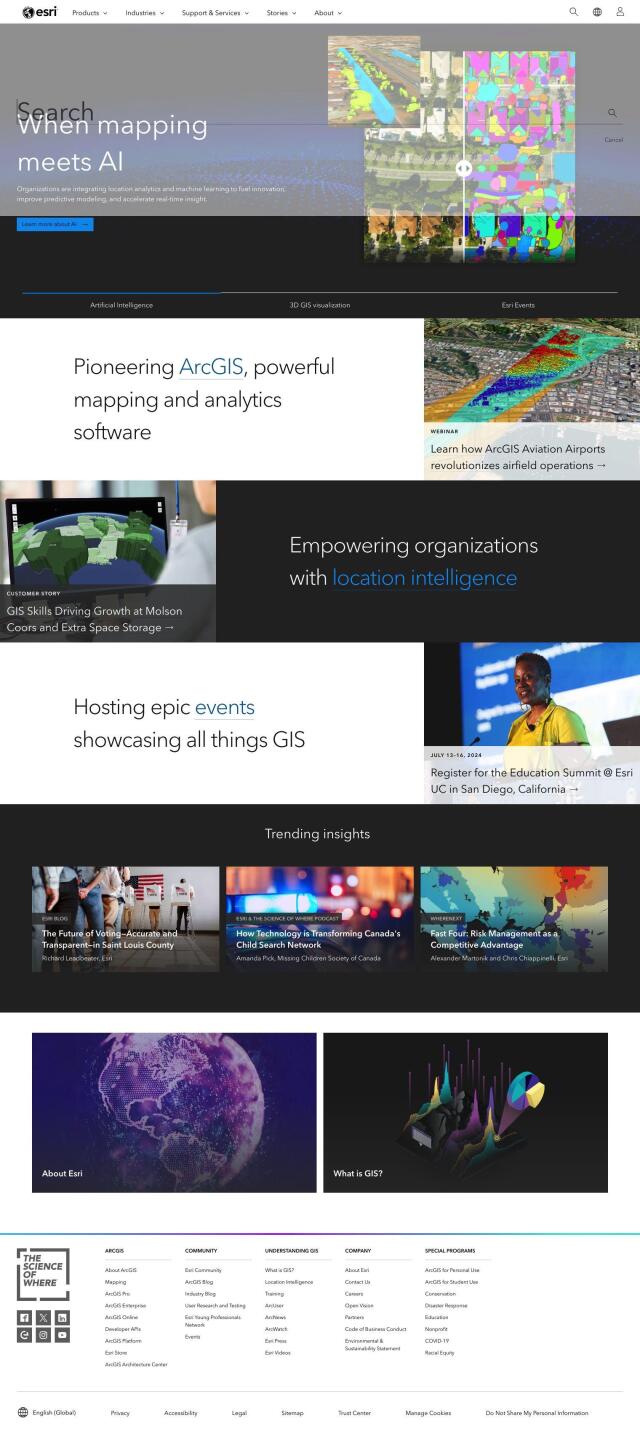
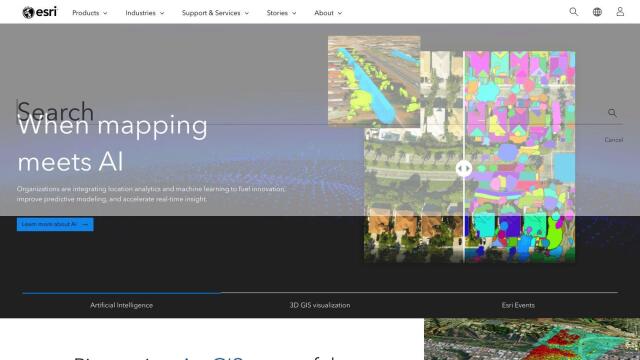
Esri
Another powerful option is Esri, which has a broad range of GIS mapping software and spatial analytics tools. Esri marries location analytics with machine learning for more sophisticated location intelligence and 3D visualization. It's good for a range of use cases, including retail site selection, asset management and infrastructure planning. With a strong focus on innovation and predictive modeling, Esri can help you make decisions in real time, and it can run in the cloud or on-premise.

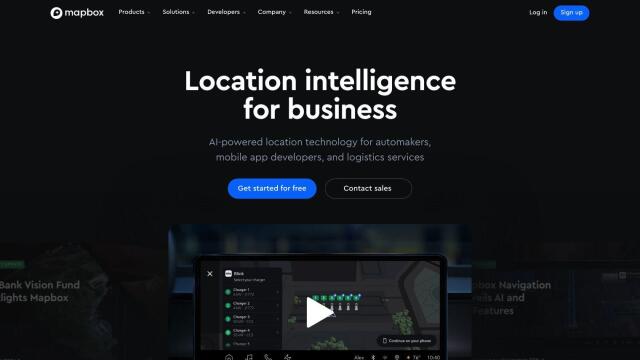
Mapbox
If you need customizable maps and geospatial data, Mapbox offers APIs and SDKs. It's got a lot of advanced features, like interactive maps that update live, routing engines and location search. You can tap into global data sets and draw on a wealth of developer resources. Mapbox is good for anything from connected navigation to data analysis. The service charges based on usage, but there's a free tier, so it's good for small-scale or occasional use.

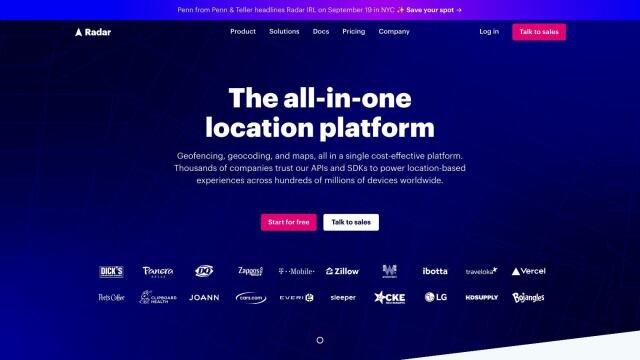
Radar
Last, Radar is an all-in-one location platform that's designed to be accurate and private. It's got hyper-accurate geofencing, powerful mapping, and integration with popular tools like Segment and Amplitude. It's got tiered pricing and enterprise-level security, so it's good for developers who need location-based services.

